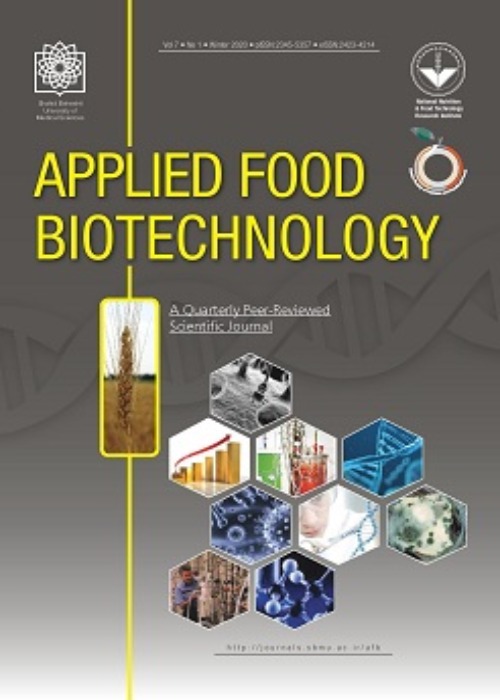Technological Assessment of Autochthonous Lactic Acid Bacteria and their Antibacterial Activities Agai nst Foodborne Pathogens in Goat Milk Lactic Cheese
Lactic cheese is a highly consumed dairy product that is of great nutritional values. However, great concerns are reported regarding their safety, microbial quality and short shelf life. Addition of antimicrobial compound - producing lactic acid bacteria as protective cultures is known to improve safety and ensure quality of food products. The current study was carried out to assess antibacterial and several technological characteristics of autochthonous Lactic acid bacterial isolates for their use in goat milk lactic cheese to control Staphylococcus aureus and Listeria monocytogenes.
Antibacterial and other technological characteristics, including proteolytic activity, diacetyl production, autolytic activity and survival, in various NaCl concentrations and at suboptimal temperatures of several Lactic acid bacteria solates were assessed. The potent isolates were identified to species level by phenotypic and genotypic methods (16 srRNA gene sequencing) and finally th ey were assessed for their ability to inhibit Staphylococcus aureus and Listeria monocytogenes in prepared goat milk lactic cheese.
Lactic acid bacterial isolates, showing significant antibacterial action, proteolytic activity and diacetyl production, were identified as Lactiplantibacillus plantarum RTCC 1290 - 1, Lactobacillus acidophilus RTCC 1299 and Lacticaseibacillus casei RTCC 1296 - 1. These isolates survived at 25 and 45 ºC, tolerated up to 8% NaCl and 55 ºC for 10 min ( p ≤0.01). Lactobacillus acidophilus demonstrated the highest autolytic activity (38.69%) followed by Lacticaseibacillus casei (28.44%) and Lactiplantibacillus plantarum (18.38%), respectively. Cocultures of the selected lactic acid bacterial isolates in goat milk lactic cheese resulted in a 5 log CFU g - 1 decrease in Listeria monocytogenes , while, Staphylococcus aureus counts decreased by only 3 Log CFU g - 1 ( p ≤ 0.05) during a month of storage at room temperatures. However, lactic acid bacterial counts increased 2 – 4 Log CFU g - 1 from Day 15, which was reported stable up to Day 30. In conclusions, Lacticaseibacillus casei, Lactiplantibacillus plantarum and Lactobacillus acidophilus bears promising biopreservative effect for the control of foodborne pathogens.
- حق عضویت دریافتی صرف حمایت از نشریات عضو و نگهداری، تکمیل و توسعه مگیران میشود.
- پرداخت حق اشتراک و دانلود مقالات اجازه بازنشر آن در سایر رسانههای چاپی و دیجیتال را به کاربر نمیدهد.


